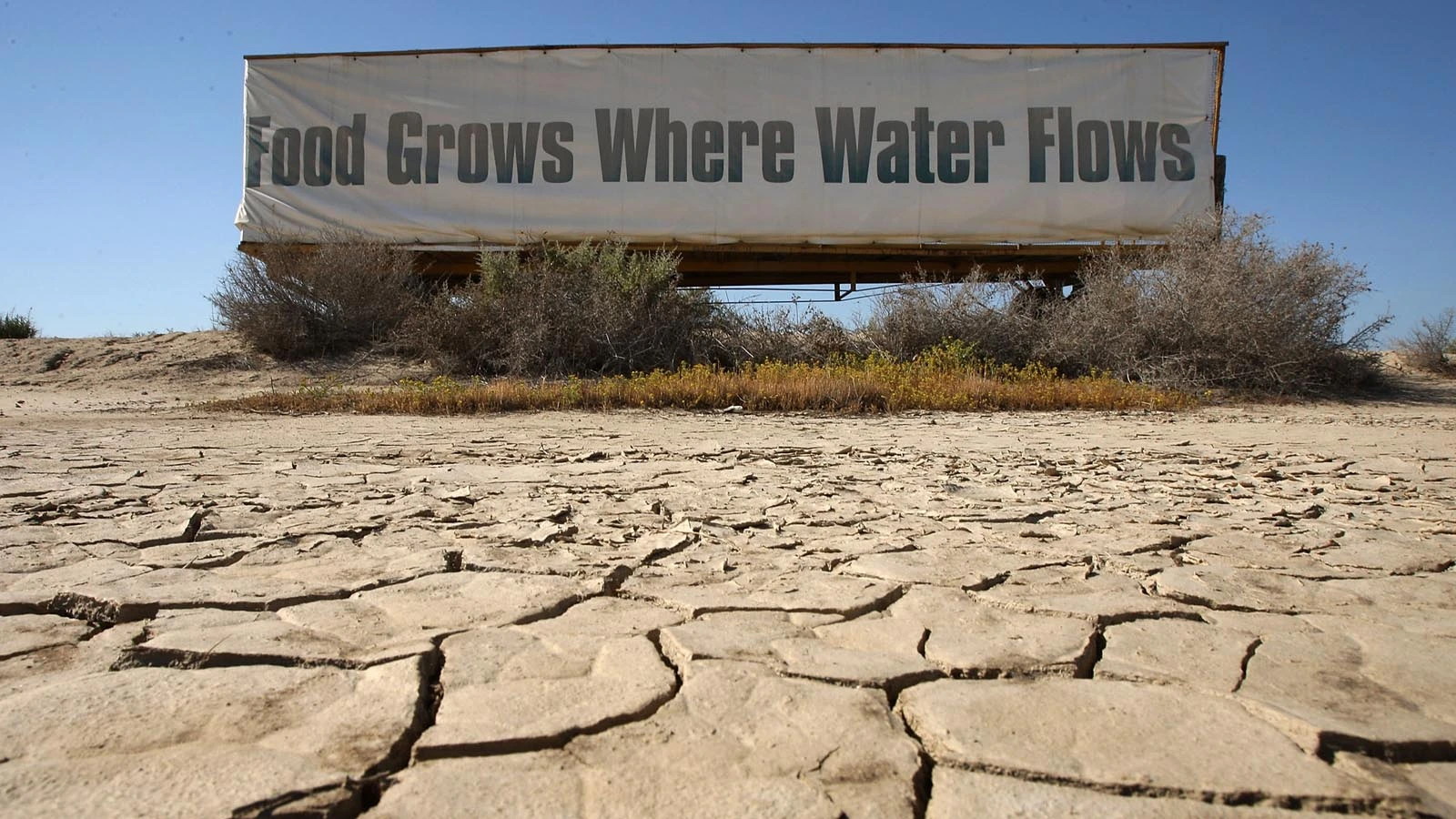The report looked at “major,” “severe,” and “extreme” scenarios. The authors found that the “major” case would cost the world $3 trillion over a five-year period, which they estimated has a 2.3% chance of happening per year. Over a 30-year period, those odds equate to about a 50% probability of occurrence — assuming the risks are not increasing each year, which they are.



Lack of food and water will lead to war, and the war machine will pump even more carbon into our atmosphere, leading to more drought and less food and water. It’s a self-sustaining cycle and I’ve no idea how we avoid it at this point.
Good water recycling systems (and desalination systems for those on the coast) combined with low cost and distributed synth bio based food production (i.e. precision fermentation, or biomass fermentation) could help relieve some of the strain on the food and water needs.